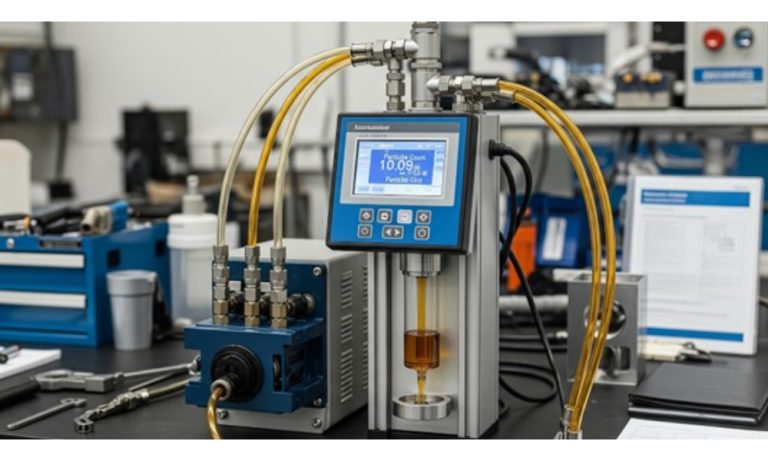A Contract Research Organisation is a company that conducts specific experiments or research studies for a fee. These organisations usually provide biology services along with requisite support in the biotechnology, pharmaceutical and medical device field.It is sometimes even referred to as Clinical Research Organisation after the work they do.
Advantages of Collaborating with CRO
- Efficient utilisation of parent company’s resources.
- Outsourcing the work can save time, cost and capital of the company. It prevents the company from buying costly equipment or hiring staff for a short-term endeavour.
- There are no hassles of intellectual property claims from the CRO.
- Technical expertise of the CRO can be leveraged to get optimum results.
- A start-up or a new company can use a CRO for their initial studies without investing in having these resources and expertise in-house.
Ways to Effectively Collaborate with a CRO
- Expectations must be communicated precisely
While explaining the objective, purpose and expected results of the experiment/ study, it is important that you provide some clarity about how this is to be achieved too.
For instance, what is the level of input that you require from the CRO? What is the scope for deviation from the CRO? What is the methodology that they need to follow for their clinical research? How must the feedback mechanism work? What are the stages you wish to intervene in? Is there any scope for improvisation from the CRO at the design or implementation stage?
These are the questions that you must address and communicate to the CRO at the earliest stage possible to avoid any confusion and save time and effort on both ends.
- Method of communication must be predetermined
The next step in the process of clinical support is to outline a communication strategy. This would involve assigning persons or teams that will respond to and communicate specific aspects of the project to the other party.
It would also involve the method in which all transactions/ communications between the parties are to be recorded whether it is a cloud-based software solution or even something as simple as email trails.
- Roles and responsibilities are to be delineated
Each member on the project must have a well-defined role that he or she can be held accountable to.The deliverables must be decided even before the project starts and each member must be aware of whom they must escalate the problem to, in case any arises in the course of the project.
- Problem solving procedure must be planned
A well-planned procedure must be put in place for any technical problem that might potentially arise in future.The persons in charge must constantly be updated with the work of every member on the team and proactively intervene if there are any hiccups in the workflow.
Proper channels must be followed for communicating the problem and the feedback provided must be constructive without apportioning blame on specific individuals or persons.
- Focus on teamwork and a positive team culture
No projection will reach its fruition if the team members are unhappy or feel that their contribution is being undervalued. Constant effort must be made to keep all collaborators in a healthy work environment that facilitates interactions and positive communication.
There must be openness and transparency in all communications.Breaking hierarchical barriers and strengthening team barriers can go a long way in improving employee satisfaction, in turn positively impacting the results of the project.
Final Takeaway
Treat the Contract Research Organization as an active partner in the project rather than a contractor. Use the niche expertise and the range of services that they provide in order to carry out trials safely and efficiently.
Furthermore, you can choose to partner with a renowned preclinical CRO like Jubilant Biosys that provides comprehensive contract research services to global biotech industries through its locations across India and the USA.















